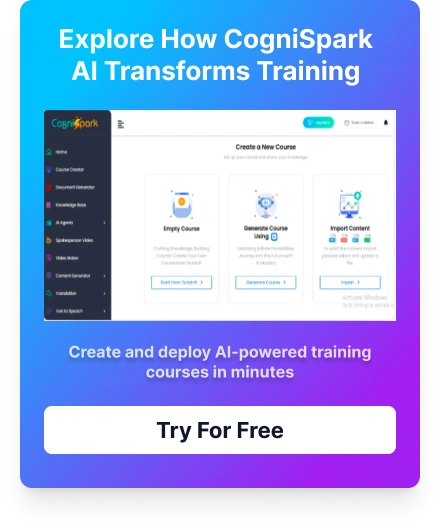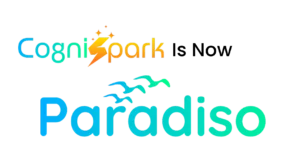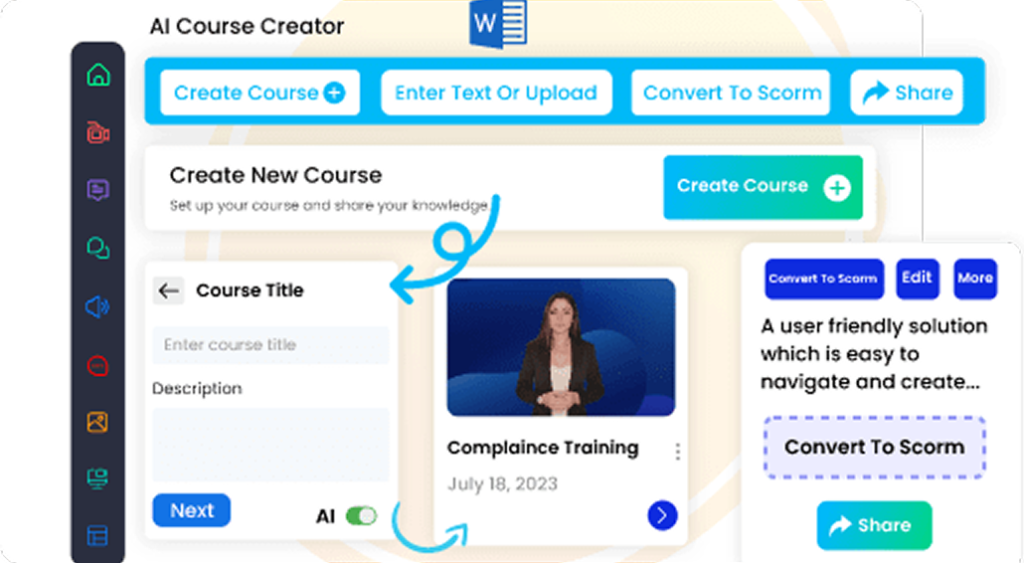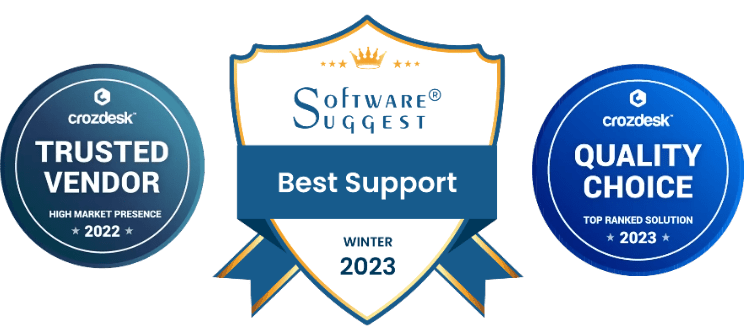The Importance of High-Performing Teams in Today’s Competitive Environment
In today’s rapidly evolving and highly competitive business landscape, a company’s success heavily relies on the performance and cohesion of its teams. High-performing teams are not just advantageous—they are essential for organizations aiming to sustain growth, foster innovation, and maintain a competitive edge.
Organizations that prioritize effective team building reap numerous benefits, including increased productivity, enhanced problem-solving abilities, and improved employee engagement. According to a McKinsey & Company report, companies that cultivate strong team collaboration experience a 20-25% boost in profitability compared to less collaborative competitors. This highlights the direct link between high-performing teams and stronger financial and market performance.
High-performing teams are defined by clear communication, mutual trust, aligned goals, and a shared commitment to excellence. They harness diverse skills and perspectives to innovate and tackle complex challenges more effectively. Research from the Harvard Business Review emphasizes that psychological safety—where team members feel safe to voice ideas and concerns—is crucial for ongoing improvement and high performance.
Building and sustaining such teams involves deliberate strategies like targeted recruitment, continuous training, and promoting a culture of collaboration. In fast-changing environments, investing in team cohesion and adaptability helps organizations outperform competitors by fostering agility and resilience.
In conclusion, the ability to develop and maintain high-performing teams is vital for organizational success. These teams drive innovation, increase productivity, and build a resilient corporate culture. As competition intensifies, investing in effective team-building strategies becomes a strategic imperative for long-term achievements.
Key Characteristics, Behaviors, and Metrics of Top-Performing Teams
Understanding what differentiates top-performing teams from average ones is essential for organizations seeking excellence and sustained success. Such teams consistently display specific traits, engage in distinctive behaviors, and utilize measurable metrics to gauge their progress.
Characteristics of Top-Performing Teams
- Clear Objectives and Shared Vision: High-achieving teams have well-defined goals aligned with organizational aims. A shared purpose fosters unity and motivates collaboration. Gallup’s 2022 study shows teams with explicit goals perform 21% better than those without.
- High Trust and Psychological Safety: Trust underpins high performance. Members feel secure to express ideas, admit mistakes, and challenge the status quo without fear. Google’s Project Aristotle identified psychological safety as the most critical factor influencing team success.
- Effective Communication and Collaboration: Successful teams excel at exchanging information, actively listening, and leveraging diverse perspectives. Clear communication channels prevent misunderstandings and promote transparency.
- Adaptive and Resilient Culture: Top teams display flexibility and resilience in the face of change. They emphasize continuous learning, viewing setbacks as opportunities to grow, which sustains high performance over time.
Behaviors of High-Performing Teams
- Proactive Problem-Solving: Members anticipate challenges and address them promptly, using regular check-ins and feedback loops for early issue detection.
- Accountability and Ownership: Each member takes responsibility for their role, fostering a culture where accountability enhances motivation and results.
- Constructive Conflict and Healthy Debate: Encouraging respectful disagreement sparks better decision-making and innovation.
- Continuous Improvement and Learning: Adopting a growth mindset, teams seek feedback, pursue professional development, and optimize processes continually.
Key Metrics for Identifying Top-Performing Teams
- Goal Achievement Rate: Percentage of objectives met within set timelines signals effectiveness.
- Engagement and Satisfaction Scores: High scores reflect motivation, commitment, and morale.
- Productivity and Efficiency Metrics: Output per employee, project turnaround times, and resource utilization show operational effectiveness.
- Innovation Index: Number of new ideas, process improvements, or product launches indicate creativity and future readiness.
- Collaboration Effectiveness: Feedback and peer reviews measure team members’ engagement and communication quality.
Recognizing these characteristics, behaviors, and quantitative indicators allows organizations to foster and sustain high-performance teams—those capable of delivering sustained success and competitive advantage.
Learning Built Around Your Goals.
Discover how our courses can align with your training goals and drive real results.
Setting Clear Objectives and Defining Team Roles for Effective Collaboration
Establishing well-defined objectives and clearly delineating team roles are foundational for efficient collaboration and peak performance. When team members understand what they aim to accomplish and their specific responsibilities, coordination becomes smoother, misunderstandings decrease, and productivity increases.
Importance of Setting Specific Objectives
Clear, measurable goals act as a roadmap directing team efforts toward common targets. Harvard Business Review highlights that teams with well-articulated objectives are twice as likely to outperform their counterparts with vague aims. Such goals foster focus, motivate members, and facilitate progress tracking—key elements for maintaining momentum and ensuring accountability.
Benefits of Defining Team Roles
Explicit role assignments clarify individual contributions, responsibilities, and decision-making authority. This clarity reduces overlaps, prevents conflicts, and ensures all essential tasks are covered. The Project Management Institute emphasizes that clear role definitions enhance cohesion, streamline decision processes, and improve overall efficiency.
Strategies for Effective Objective Setting and Role Clarification
- SMART Goals: Develop goals that are Specific, Measurable, Achievable, Relevant, and Time-bound.
- Role Clarity Sessions: Conduct team meetings to define and document responsibilities and expectations.
- Visual Tools: Use organizational charts, responsibility matrices like RACI, or project management software for visualization.
- Regular Reviews: Periodically reassess objectives and roles to adapt to evolving project needs.
Impact on Team Performance
Teams operating with clear goals and well-defined roles demonstrate higher engagement, faster problem resolution, and better overall results. This clarity fosters trust and accountability, essential for managing complex projects and driving long-term success.
Strategies to Cultivate a Positive Team Culture through Trust-Building and Effective Collaboration
A thriving team culture depends on building trust and enabling seamless collaboration among members. Creating this environment boosts productivity and nurtures employee engagement, retention, and organizational success. Implementing targeted strategies to strengthen trust and facilitate cooperation can turn teams into cohesive, motivated units working toward shared objectives. This section explores proven approaches supported by research and best practices to embed a positive team culture.
1. Prioritize Transparent Communication
Transparent communication is the foundation of trust. Leaders should promote open dialogue, share relevant information honestly, and foster a feedback-rich environment without fear of retribution. Harvard Business Review reports that organizations practicing transparency enjoy higher employee trust and engagement. Consistent updates, open-door policies, and regular team meetings help ensure alignment and inclusion.
2. Foster Psychological Safety
Psychological safety refers to the belief that team members can voice opinions, ask questions, and admit mistakes without negative consequences. Google’s Project Aristotle found this trait to be the most important for high-performing teams. Leaders can develop psychological safety by modeling vulnerability, encouraging diverse viewpoints, and responding positively to errors. When safe, employees collaborate more openly, innovate, and build trust.
3. Implement Collaborative Goal-Setting
Shared goals promote collective responsibility. Techniques like Objectives and Key Results (OKRs) involve team members in defining objectives, fostering ownership and commitment. Research indicates that teams with shared goals exhibit higher cooperation and trust levels. Regular reviews and celebrating milestones reinforce commitment and cohesion.
4. Recognize and Celebrate Contributions
Acknowledging individual and team achievements nurtures a positive atmosphere and reinforces trust. Leaders should cultivate recognition cultures through public appreciation, personalized feedback, and peer recognition programs. These practices strengthen mutual respect and motivation—key components of a collaborative team environment.
5. Promote Team-Building Activities
Activities like retreats, workshops, and informal gatherings facilitate relationship-building and mutual understanding. According to the American Psychological Association, such initiatives improve cooperation, morale, and trust within teams.
6. Develop Clear Roles and Expectations
Clarity reduces confusion and interpersonal conflicts. Leaders should explicitly communicate expectations, define responsibilities, and encourage accountability. A clear structure fosters trust that colleagues are committed and capable, facilitating smoother collaboration.
7. Invest in Leadership Development
Effective leaders exemplify trustworthiness and collaborative behaviors. Providing training on emotional intelligence, active listening, and conflict resolution equips managers to nurture a positive team environment. Strong leadership directly correlates with increased cohesion and organizational health.
Learning Built Around Your Goals.
Discover how our courses can align with your training goals and drive real results.
The Significance of Continuous Training, Feedback, and Personal Growth for Team Success
In the modern, fast-paced business environment, ongoing training, consistent feedback, and personal development are vital for team excellence. Companies that prioritize continuous learning cultivate a skilled, adaptable, and highly motivated workforce capable of sustaining competitive advantage. This section details how sustained development enhances team capabilities over time.
The Role of Ongoing Training in Skill Enhancement
Continuous training keeps employees updated on industry trends, emerging technologies, and best practices. A report by the Association for Talent Development (ATD) states that organizations investing in ongoing learning see a 24% higher profit margin than those that do not. Regular workshops, e-learning modules, and professional development sessions help team members acquire new skills, refresh existing knowledge, and maintain a competitive edge. Tech companies often use ongoing training to adapt to rapid software updates and cybersecurity challenges.
Feedback as a Catalyst for Personal and Professional Growth
Constructive feedback is essential for recognizing strengths and pinpointing areas for improvement. It promotes transparency, accountability, and continuous performance enhancement. Gallup research indicates employees receiving regular feedback are 3.6 times more engaged. Structured feedback methods—such as one-on-one meetings, peer reviews, and 360-degree assessments—enable teams to adapt, address challenges, and pursue ongoing growth.
Personal Development: Investing in Employee Potential
Supporting personal development not only enhances individual skills but also benefits organizational growth. Encouraging self-directed learning, leadership programs, and goal setting align personal aspirations with corporate objectives. A study published in the Journal of Organizational Behavior reports higher retention and job satisfaction when organizations promote development initiatives. Such investment fosters resilience, innovation, and a growth mindset within teams.
Implementing a Culture of Lifelong Learning
To capitalize on training and feedback, organizations must embed a learning culture. This involves providing accessible resources, recognizing progress, and integrating development into performance evaluations. Top companies like Google and Microsoft allocate dedicated resources for employee growth, resulting in more agile, committed teams.
Practical Strategies for Sustaining Team Capabilities
- Regular Training Sessions: Schedule periodic workshops tailored to team needs.
- Frequent Feedback: Create open channels for continuous performance conversations.
- Personal Development Plans: Support individual goals aligned with organizational objectives.
- Mentorship Programs: Promote knowledge sharing and leadership development.
- Learning Platforms: Utilize e-learning tools and online courses for flexible upskilling.
How can CogniSpark AI will help you?
Building a high-performing team isn’t just about hiring the right talent—it’s about nurturing collaboration, accountability, and a shared vision. Effective team development focuses on trust, clarity of roles, continuous communication, and alignment with business goals. To truly unlock a team’s potential, organizations must foster a culture of growth, feedback, and purpose-driven performance.
CogniSpark AI transforms how leaders and HR teams build high-performing units. Its intelligent AI Tutor provides real-time coaching simulations that develop key team-building competencies such as conflict resolution, inclusive leadership, active listening, and goal alignment. Team members learn to collaborate better, support each other’s strengths, and resolve challenges proactively.
The built-in authoring tool allows organizations to create tailored training modules that reflect their values, team dynamics, and project scenarios. From onboarding new teams to enhancing synergy in cross-functional groups, CogniSpark AI makes it easy to deliver targeted learning at scale.
With engaging activities, performance analytics, and adaptive pathways, teams gain the structure and mindset needed to thrive—together.
Final Thoughts: Implementing and Sustaining High Team Performance
Reaching and maintaining high team performance demands deliberate strategy, persistent effort, and adaptable leadership. This guide has outlined key approaches—including fostering a positive cultural environment, setting clear goals, ensuring effective communication, supporting continuous development, and leveraging data insights. Applying these strategies enhances not only productivity but also engagement, innovation, and resilience within teams.
Practical Next Steps for Leaders
- Assess Current Team Dynamics: Use surveys, interviews, and performance data to understand strengths and gaps.
- Set Clear, Measurable Goals: Use SMART criteria to define specific objectives.
- Promote Open Communication: Foster a culture of transparency with regular check-ins and collaborative platforms.
- Invest in Continuous Development: Provide training, mentorship, and reward progress to motivate teams.
- Utilize Data and Feedback: Monitor KPIs and adapt strategies proactively based on real-time information.
- Build Supportive Environments: Emphasize psychological safety, inclusivity, and work-life balance to sustain morale.
Sustaining High Performance Over Time
- Maintain Flexibility: Adjust goals and approaches in response to changing demands.
- Encourage Innovation and Autonomy: Empower team members to experiment and own their work.
- Recognize and Celebrate: Regularly acknowledge achievements to reinforce positive behaviors.
- Invest in Leadership Development: Equip managers with skills to motivate and support high-performing teams.
Access 100+ fully editable, SCORM-compatible courses featuring an integrated AI Tutor and an in-built authoring tool. Seamlessly compatible with any LMS, these courses are designed to elevate your training programs.
Explore Our eLearning Course Catalog























